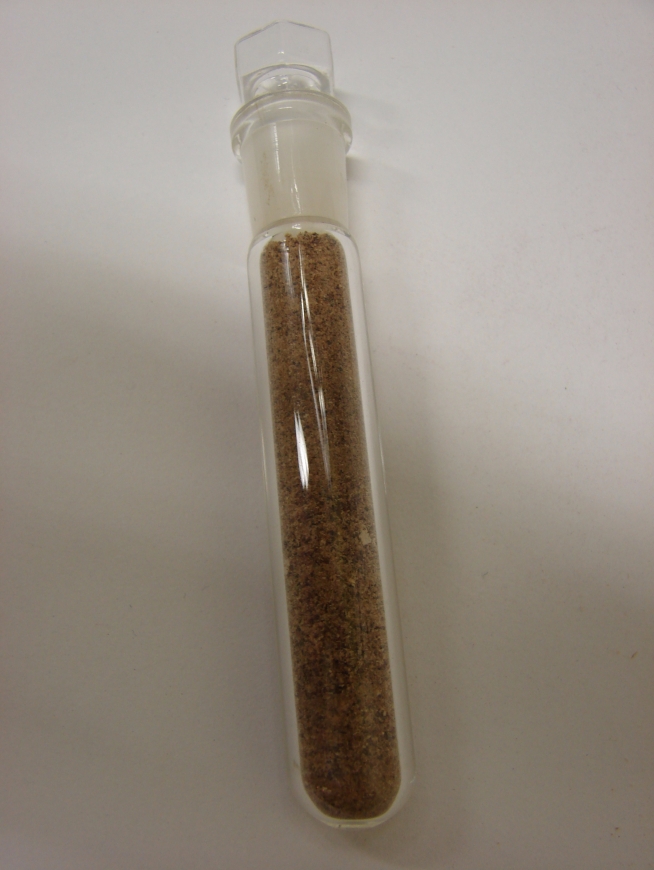Beavers are some of the more overlooked animals across the world: they cut down trees with their teeth, create small lodges on water using sticks and mud, and emit chemical compounds from their private parts that you have probably put in your mouth at some point in your life.
In the food industry, beavers are responsible for secreting a goo called castoreum from their rear-ends. Castoreum comes from a beaver’s castor sacs, which are located between the base of the tail and the pelvis; they are also located right by the anal glands, so castoreum typically turns out to be a mix of castor gland secretions, anal gland secretions, and urine.

Despite this, castoreum has a musky, vanilla scent that is typically incorporated into food flavorings. Even though you might not find the word “castoreum” written under the nutritional facts, the FDA instead slyly lists it as “natural flavoring.”
The real question remains a mystery – who was the first trapper that decided to take a whiff of beaver butt and say, “Wow! This could go great with my dessert tonight!”

